Further urgent action required for net-zero success
 |
| Truong Bui, managing director for Vietnam Roland Berger |
Despite Vietnam having developed a decarbonisation plan and made important steps, particularly through the transition to renewables – the biggest reduction lever – emission levels continue to rise. Moreover, a major challenge Vietnam faces is the integration of unstable renewable energy sources into the grid, resulting in production shortages.
Nevertheless, Vietnam has committed to phasing out coal power, with plans to halt the construction of new coal plants after 2030, while aiming to increase the share of renewable energy (solar and wind) to 18-27 per cent by 2030.
Therefore, bold actions need to be taken. Leveraging our extensive strategic consulting experience, Roland Berger proposes two core solutions to accelerate progress towards the net-zero goal through inner control and outer value chain impact.
To effectively manage internal resources, we recommend implementing two action programmes with five key initiatives. In the first, we advocate for abating emissions from operations with critical initiatives.
Firstly, Vietnam should optimise its energy mix by investing in renewable energy power, for example, solar photovoltaic and wind, and electrifying heat processes or using clean energy (e.g., hydrogen and solar thermal) to produce heat/steam, reducing reliance on fossil fuels.
Next, Vietnam needs to restructure its product portfolio by prioritising low carbon products and managing volume, margins, and carbon risk trade-offs in the business model.
Thirdly, we emphasise the importance of innovating process technology by improving production efficiency to save energy consumption and adopting new production technologies, such as inert anodes in the aluminium industry, or direct reduction technology using hydrogen to replace carbon dioxide in the steel industry, to directly reduce emissions.
For the second programme, on offsetting irreducible emissions, we propose two initiatives.
Adoption of carbon capture, utilisation, and storage (CCUS) is a critical solution. This involves exploring related pilot projects and investing in CCUS technology research and development for widespread application.
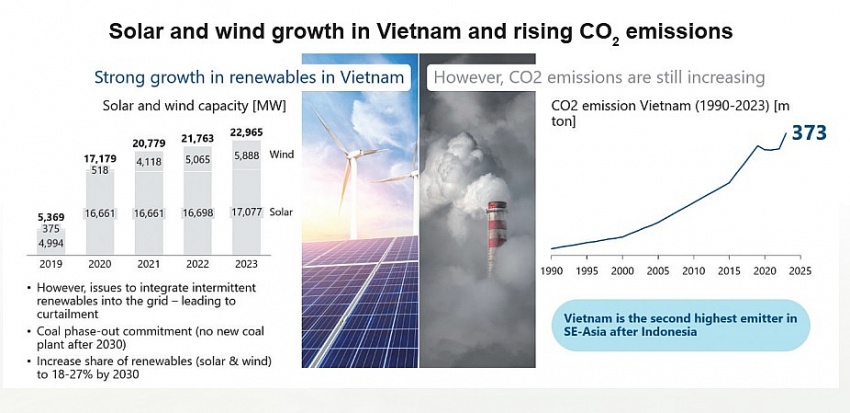 |
At the same time, utilising carbon credit trading would be suitable by participating in carbon trading and defining carbon price risk management to reduce emission costs, ensuring economic viability while advancing the net-zero ambitions.
Beyond internal solutions, for the approach of impacting the external value chain, Roland Berger proposes two action programmes.
In terms of controlling supply chain emissions, we encourage green supply chain management by becoming the core of the supply chain, establishing new standards to manage suppliers, and implementing carbon labelling for products to enhance transparency.
Building on this, the second initiative, regarding partnerships to create greater value, involves establishing a decarbonisation ecosystem by obtaining low-carbon certification from reputable organisations and participating in international schemes to lead carbon standardisation, thereby enhancing Vietnam’s position in the global market.
With these strategic initiatives, Roland Berger believes that optimising the energy mix, innovating process technology, applying CCUS, and boosting green supply chain management are key steps.
This presents a unique opportunity for Vietnam to not only state its pioneering role on the global stage, but also to turn its challenges into a powerful catalyst for sustainable development, paving the way toward a green and prosperous future.
What the stars mean:
★ Poor ★ ★ Promising ★★★ Good ★★★★ Very good ★★★★★ Exceptional
Related Contents
Latest News
More News
- Dat Bike accelerates sustainable mobility (January 07, 2026 | 15:24)
- Innovation to support modern healthcare development (January 07, 2026 | 10:00)
- Six localities record double-digit growth as regional performance diverges in 2025 (January 06, 2026 | 18:00)
- E-commerce market undergoes transformation amid rising competition and regulation (January 06, 2026 | 17:54)
- Vietnam’s industrial output hits seven-year high in 2025 (January 06, 2026 | 17:47)
- GELEX’s credit rating outlook upgraded to 'Positive' by VIS Rating (January 06, 2026 | 16:49)
- Finance sector lays firm groundwork for 2026 after major reform (January 06, 2026 | 15:30)
- Vietnam’s seafood exports surpass $11 billion in 2025 (January 06, 2026 | 08:51)
- Vietnam GDP posts second-strongest growth since 2011 (January 06, 2026 | 08:35)
- Double-digit GDP growth within reach with shift to higher-value expansion (January 06, 2026 | 08:33)

 Tag:
Tag:










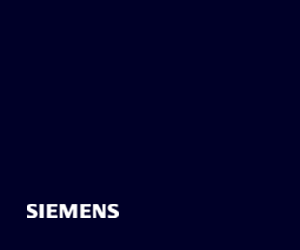



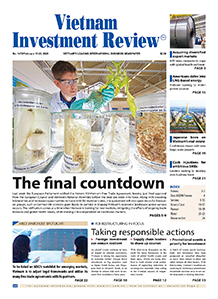
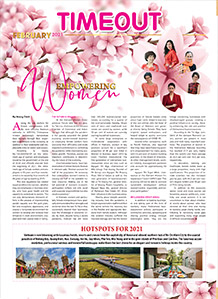
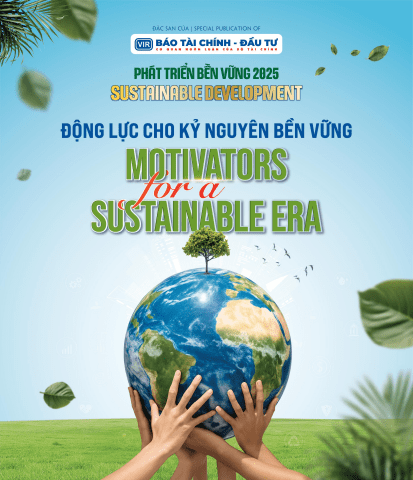
 Mobile Version
Mobile Version